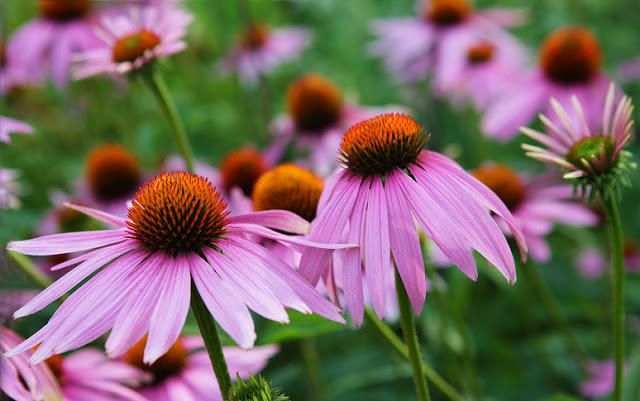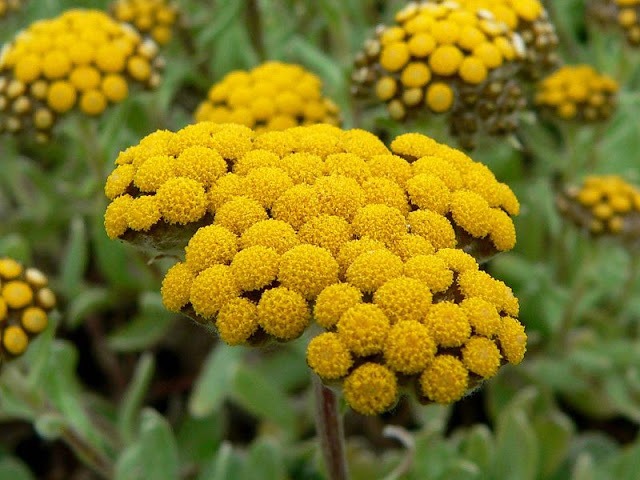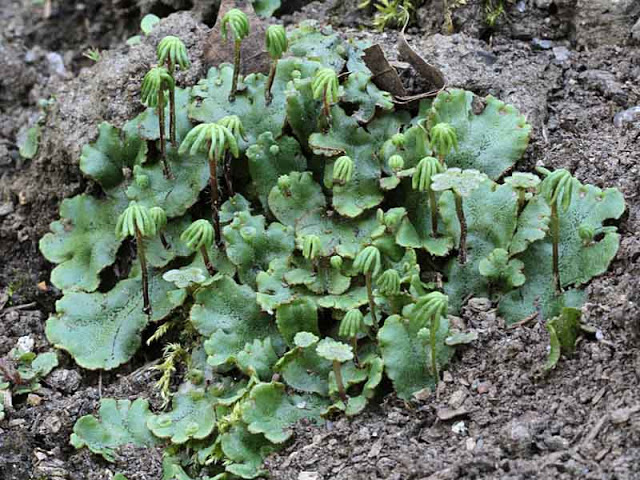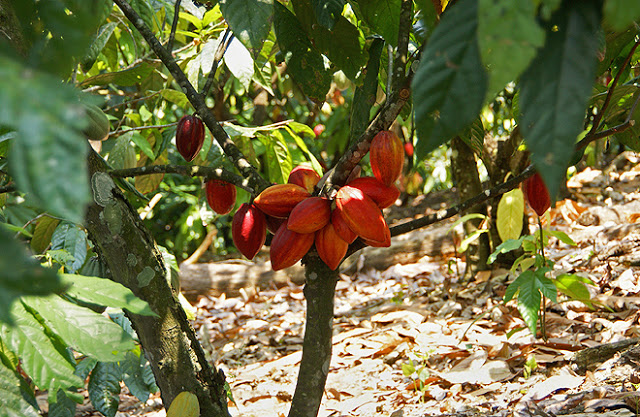Ever wondered if there are plants other than Cannabis that contain medically healing cannabinoids? Well, you’d be pleased to know that there are in fact hundreds of species of plant that contain the powerful therapeutic compounds of CBD!
Six of the Best
We’ve found six of the best plants that like cannabis are also rich in cannabinoids and benefit the body’s endocannabinoid system. This is the system responsible for helping the body maintain homeostasis – an internal balance – which is needed for attaining optimum health.
To further increase our knowledge of cannabinoids and the systems within the body they inhabit, scientists and botanists are exploring the prevalence of cannabinoids in many plants, other than just cannabis, that are used in natural remedies.
Below are six plants found to contain healing cannabinoids or affect the endocannabinoid system, and some of their known therapeutic benefits:
1. Electric Daisy – Acmella oleracea
 The electric daisy is native to Southern Europe and the Amazon region. It is used to create a pain-numbing gel. It has the ability to successfully block pain receptors at nerve endings, as concluded in trials conducted by Cambridge University.
The electric daisy is native to Southern Europe and the Amazon region. It is used to create a pain-numbing gel. It has the ability to successfully block pain receptors at nerve endings, as concluded in trials conducted by Cambridge University.
The compounds in the electric daisy are called N-Isobutylamides, and similarly to other cannabinoid-like compounds they regulate pain and inflammation. This natural remedy is being used by dentists to numb the mouth before and after canals and fillings and wisdom teeth extraction.
2. Coneflower – Echinacea
 Coneflower is well known for helping the body fight the common cold. It can also used to relieve anxiety, fatigue, migraines, and arthritis when either dried and stewed into a tea or decarboxylated and used in the preparation of food.
Coneflower is well known for helping the body fight the common cold. It can also used to relieve anxiety, fatigue, migraines, and arthritis when either dried and stewed into a tea or decarboxylated and used in the preparation of food.
Echinacea is slightly different than cannabis because it uses cannabimimetics instead of cannabinoids to engage the endocannabinoid system, particularly the CB2 receptor. Similar to THC in cannabis, the N-alkyl amides (NAAs) in echinacea are responsible for regulating the immune system, pain and inflammation.
3. Helichrysum umbraculigerum
 This strong mood-stabilizing and anti-depressant daisy is native to South Africa. It can affect the body due to a large amounts of cannabigerol (CBG), also found in the cannabis plant.
This strong mood-stabilizing and anti-depressant daisy is native to South Africa. It can affect the body due to a large amounts of cannabigerol (CBG), also found in the cannabis plant.
Helichrysum has been studied by Italian natural product chemist Giovanni Appendino. He presented at the International Cannabinoid Research Society his discovery that cannabinoid-like compounds are made by plants, starting from an aromatic acid, which is different from the normal cannabinoid biosynthtic route.
African ritual ceremonies are known to burn to plant to make fumes with a potential psychotropic effect similar to other cannabinoids.
4. Liverwort – Radula marginata
 Large amounts of perrottetinenic acid build up in Liverwort. It’s found in New Zealand and some Polynesian islands. It;s active substance is strikingly similar to THC, the psychoactive component in cannabis. It is believed to bind with the CB1 receptors, just like THC does, although liverwort is not known to have any psychoactive effects. What it is known for is its ability to treat bronchitis, and has been used to alleviate gallbladder, liver, and bladder problems.
Large amounts of perrottetinenic acid build up in Liverwort. It’s found in New Zealand and some Polynesian islands. It;s active substance is strikingly similar to THC, the psychoactive component in cannabis. It is believed to bind with the CB1 receptors, just like THC does, although liverwort is not known to have any psychoactive effects. What it is known for is its ability to treat bronchitis, and has been used to alleviate gallbladder, liver, and bladder problems.
5. Black Pepper – Piper nigrum
 Terpene or beta-caryophyllene (BCP), is found in abundance in black pepper. The chemical has been discovered to function as a cannabinoid and have a positive impact on the body.
Terpene or beta-caryophyllene (BCP), is found in abundance in black pepper. The chemical has been discovered to function as a cannabinoid and have a positive impact on the body.
Similar to other plant-based cannabinoids, BCP binds with the CB2 receptors, giving it the therapeutic effect of reducing inflammation. There is currently research to suggest that BCP could be used for the treatment of arthritis and osteoporosis, and may potentially increase the effectiveness of certain anti-cancer drugs.
6. Cacao – Theobroma cacao
 The health benefits of Cacao are well known. Cacao binds with the endocannabinoid system by deactivating the enzyme called FAAH, which typically breaks down the endocannabinoid known as anandamide. Anandamide is a compound in the body that is identified as a natural version of THC.
The health benefits of Cacao are well known. Cacao binds with the endocannabinoid system by deactivating the enzyme called FAAH, which typically breaks down the endocannabinoid known as anandamide. Anandamide is a compound in the body that is identified as a natural version of THC.
Eating natural chocolate increases the amounts of anandamide that floods to the brain because the FAAH enzyme is less active.
The result is comparable to the effect that many people feel when smoking cannabis. A general feeling of being relaxed, happy and content although the result is nowhere near as potent as with THC.
Sources:
http://www.beyondthc.com/
http://www.ncbi.nlm.nih.gov/
http://www.telegraph.co.uk/
(Source: organicandhealthy.org; December 28, 2016; http://tinyurl.com/zxvxkq8)